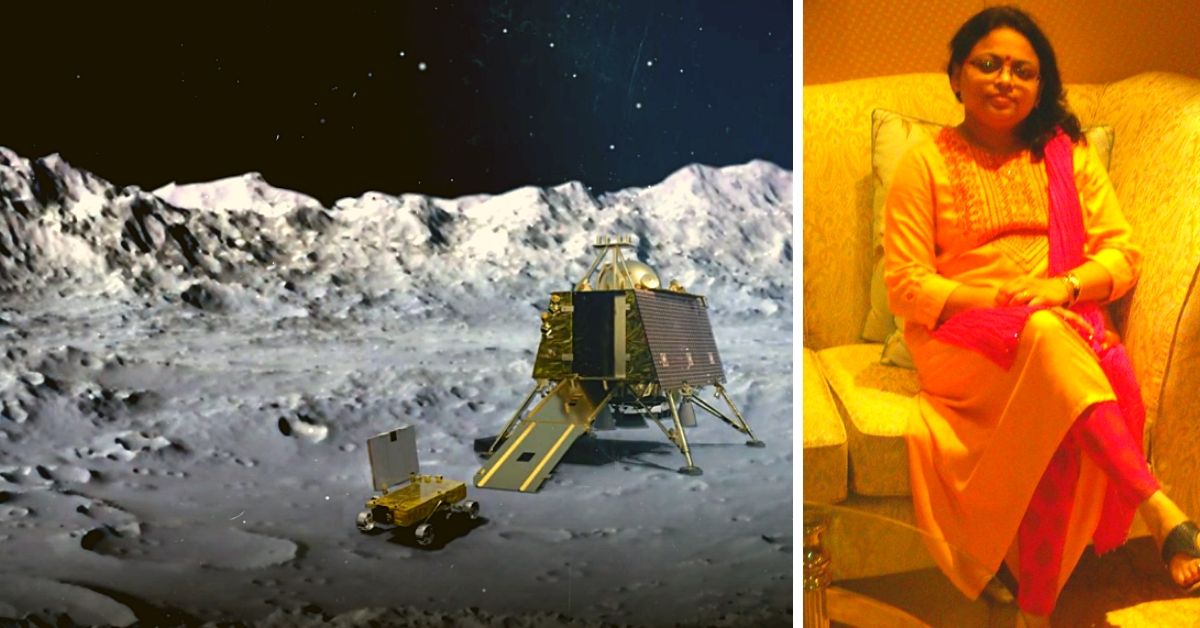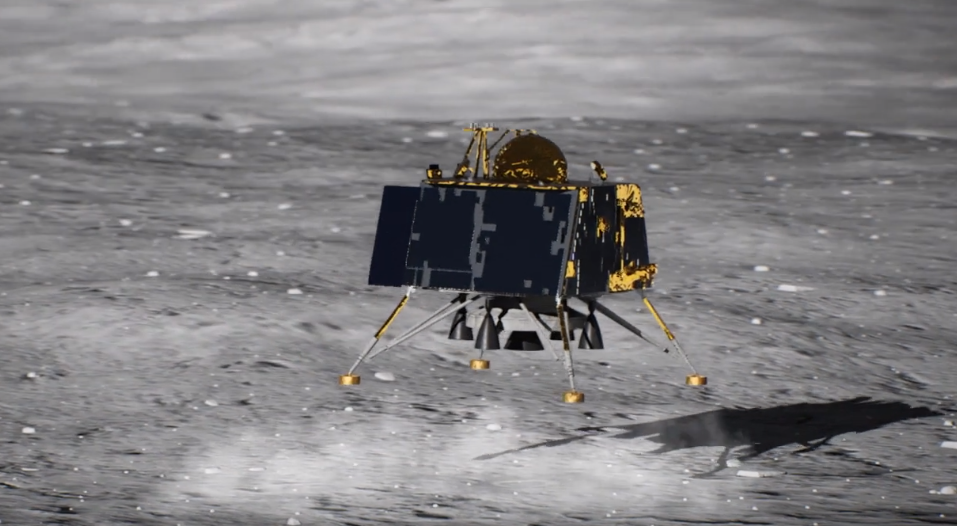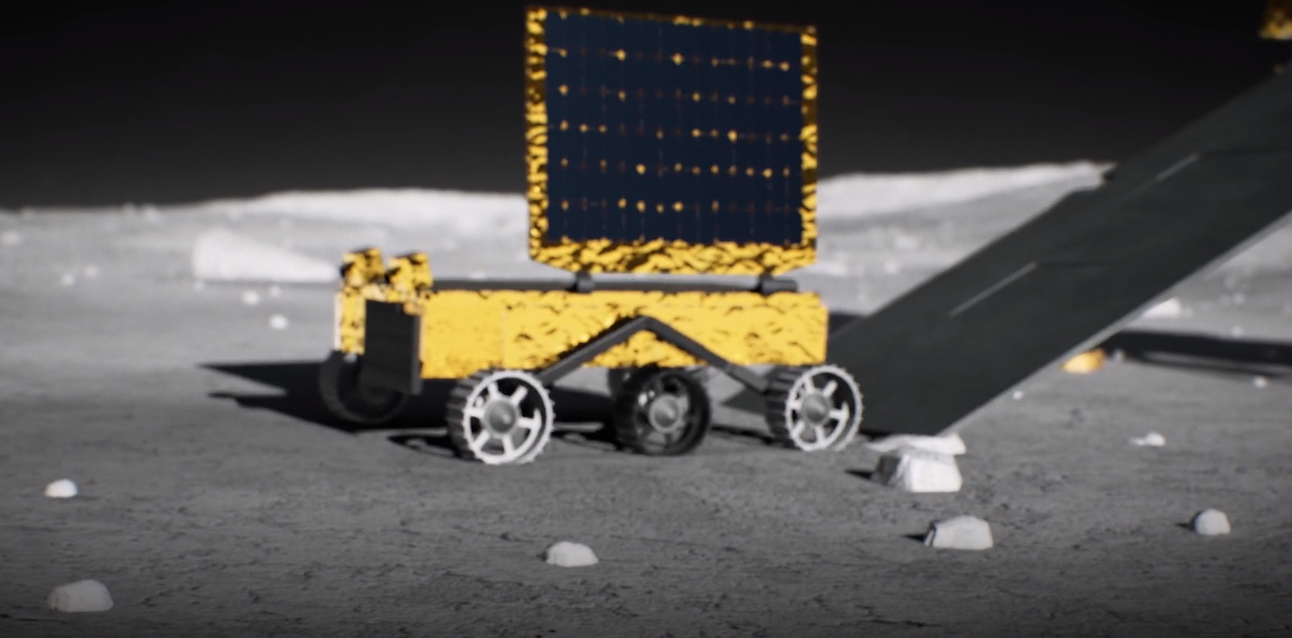Chandrayaan-2: Meet the Women Steering India’s Rs 1,000 Cr Mission to the Moon
After Mangalyaan, the limelight is now back on the 'rocket women' of the #ISRO, M Vanitha and Ritu Karidhal, as they spearhead India's 'most complex' space mission yet.

After playing an integral part in the Mars Orbiter Mission or Mangalyaan in 2013, women scientists at the Indian Space Research Organisation (ISRO) are all set to play a crucial role in space mission, Chandrayaan 2.
Breaking all gender stereotypes, Project Director M Vanitha and Mission Director Ritu Karidhal will be steering the country’s second mission to the moon on 22 July 2019, at 2.43 pm from the Satish Dhawan Space Center, Sriharikota, Andhra Pradesh. It is scheduled to land on the moon’s surface on 7 September, 2019.
?? #ISROMissions ??
The launch countdown of #GSLVMkIII-M1/#Chandrayaan2 commenced today at 1843 Hrs IST. The launch is scheduled at 1443 Hrs IST on July 22nd.
More updates to follow… pic.twitter.com/WVghixIca6
— ISRO (@isro) July 21, 2019
In a June 12 press conference, ISRO Chairman K Sivan, said close to 30 per cent of the team working for Chandrayaan 2 are women.
It is the first time for a planetary mission where women are in charge. We have had women project directors for the launch of communication and other satellites, he told The Indian Express.
While Vanitha is responsible for the entire project from its inception to completion, Karidhal will oversee the mission and act as a coordinator between various agencies involved.

Vanitha, an Electronic Systems Engineer, has headed the telemetry and telecommand divisions in the digital systems group at the Satellite Centre (now the UR Rao Space Centre) and also served as Deputy Project Director for data systems for Cartosat-1, Oceansat-2 and Megha-Tropiques remote-sensing satellites.
For her immense contribution, she received the Best Woman Scientist Award in 2006 from the Astronomical Society of India, News18 reported.
As for Karidhal, fondly known as the ‘Rocket Woman of India’, she grew up in a middle-class family in Lucknow. In a TED Talk, she spoke about how, as a kid, she was fascinated by space and wanted to do something different. While growing up, she would collect news articles related to space activities by ISRO or NASA and read them regularly.
She did her M.Sc in Physics from Lucknow University and then went to pursue M.Tech from Indian Institute of Science in Bengaluru. Her dream finally came true in 1997 after she joined the space agency.
Karidhal is an Aerospace Engineer who served as the Deputy Operations Director during Mars Orbiter Mission. She is also a recipient of ISRO Young Scientist Award conferred by President APJ Abdul Kalam in 2007.
Why Chandrayaan-2 Mission Is Path Breaking

The mission is said to be the most challenging till date as it will attempt to explore the, as yet, unexplored region of the lunar south pole region. The mission aims to gather information on minerals, rock formations and water on the moon.
The lunar south pole is said to be of utmost importance to the scientific community as there is a possibility of the presence of water in permanently shadowed areas around it. Also, Lunar south pole region has craters that are cold traps and contain fossil records of the early Solar System.
The entire project cost nearly Rs 1,000 crore and comprises a lander, rover and satellite built under ISRO’s supervision.
Called ‘Baahubali‘, the Geosynchronous Satellite Launch (GSLV) MK-III vehicle weighing around 3.8 tonnes will carry the spacecraft.

The rover, named Pragyaan (wisdom in Sanskrit), is a six-wheeled robotic vehicle, the lander Vikram is named after the father of Indian space programme Dr Vikram Sarabhai that will have the tricolour and Ashoka Chakra on it. The nominal mission life of the lander is expected to be 14 earth days or one lunar day, and it can measure moonquakes.
Vanitha and Karidhal, both in their forties, have been working with the ISRO for nearly two decades now and are set to script a historic achievement.
Also Read: ISRO Opens First-Of-Its Kind Gallery That Lets 5,000 People Watch Rocket Launches Live!
Facebook Featured Image Courtesy: SDA Bocconi Asia Centre and All India Radio News
(Edited by Saiqua Sultan)
Like this story? Or have something to share?
Write to us: [email protected]
Connect with us on Facebook and Twitter.
If you found our stories insightful, informative, or even just enjoyable, we invite you to consider making a voluntary payment to support the work we do at The Better India. Your contribution helps us continue producing quality content that educates, inspires, and drives positive change.
Choose one of the payment options below for your contribution-
By paying for the stories you value, you directly contribute to sustaining our efforts focused on making a difference in the world. Together, let’s ensure that impactful stories continue to be told and shared, enriching lives and communities alike.
Thank you for your support. Here are some frequently asked questions you might find helpful to know why you are contributing?


This story made me
-
97
-
121
-
89
-
167













